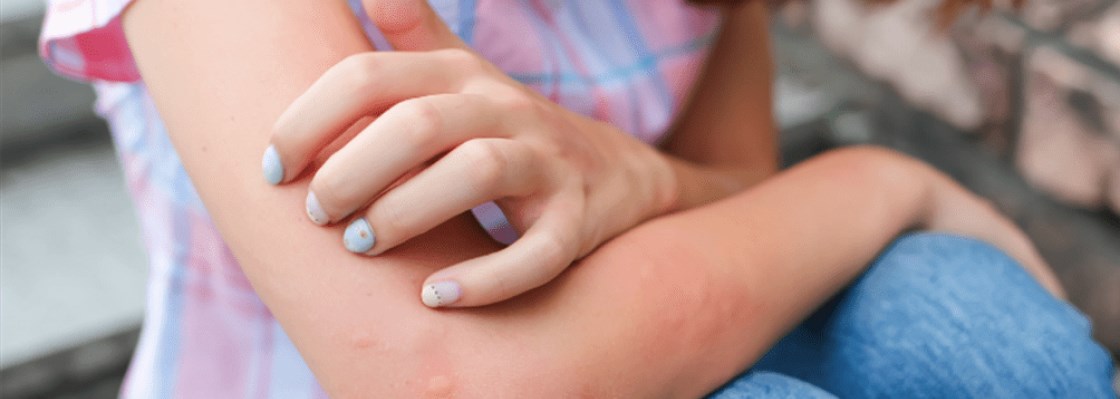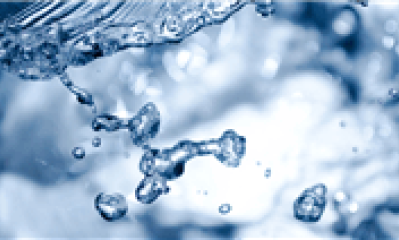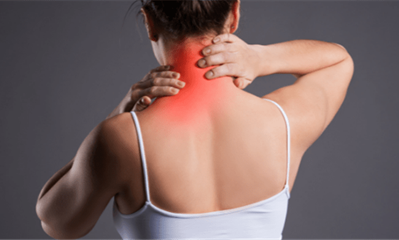In today’s article published on the Dispotech blog, you will find some very useful tips with some quick and effective methods for treating insect bites. In summer, it’s not so uncommon to be stung, hence it’s best not to be caught out unprepared and to always be able to act quickly to speed up the healing process.
Thanks to the support of an article published on medicalnewstoday.com, we can recommend 8 natural remedies and the ways of determining if the situation requires medical intervention.
Insect bites are pretty much a part of summer. A bee sting, for example, can cause lumps that are swollen and painful but not so severe. However, if the swelling and pain do not start to disappear but rather get worse, this might mean an allergic reaction that needs to be immediately treated by medical professionals.
If there are no other issues, the pain and swelling around a sting usually go away within a few days. In the meantime, home remedies can still provide some relief. Here’s a few you could put into practice.
Eight home remedies for treating bee stings
Inspect the site of the sting and if you notice that the stinger is still in the skin, gently remove it then disinfecting the area. Here’s what you can do immediately after.
- Ice
After extracting the stinger, rinse the swollen area thoroughly with fresh water to remove any poison residue. Afterwards, you can apply an ice pack or a homemade ice bag (wrapped in a cloth) for a few minutes to reduce any pain and swelling. Repeat if necessary.
If you have it, you can also use ice spray for a few seconds.
- Essential oils
Some essential oils have antiseptic, antibacterial and antifungal properties. Following is a list are some that may be right for you (even if science has not determined their actual effectiveness):
- tea tree oil;
- witch hazel;
- lavender oil;
- thyme oil;
- rosemary oil.
Before applying the essential oil to the skin, mix with some olive oil. Warning: despite their nature, essential oils can also cause allergic reactions.
- Aloe vera
Aloe vera gel is a great product for the skin, leaving it hydrated and soothed. According to a 2015 study, aloe vera extract really does have anti-inflammatory and antibacterial properties.
Generously spreading aloe vera gel on the swollen area of the sting will bring relief and reduce any infection.
- Calamine lotion
This product is perfect for alleviating itchiness but not everyone knows that it can also be of great help in relieving pain caused by a bee or wasp sting.
- Honey
Honey has many medicinal properties and is great at relieving inflammation and swelling. Its natural antibacterial function also renders it a natural ingredient to be used against infections. Try spreading a small amount of honey on the sting – just make sure you are indoors and with the windows closed or you might attract more bees!
- Bicarbonate of soda
Science is a bit sceptical about this remedy given that no notable study has ever indicated that bicarb can help people stung by a bee. Some, however, use baking soda because they believe it neutralises bee venom.
Warning: being very alkaline, this substance can damage the skin.
- Apple cider vinegar
Some people use apple cider vinegar to treat bee stings and the swelling they can cause. There is no scientific evidence to support this theory. What we can say for sure is that vinegar is an acidic substance that can damage the skin.
- Toothpaste
The last home remedy we will look at is toothpaste. Smear some on the swollen area to neutralise the poison but proceed with caution and watch how your skin reacts. Just like the previous remedies, this too has no scientific basis.
Medical treatments
When home remedies don’t provide enough relief, there are other methods for calming an angry bee sting. There are, of course, oral medications and over-the-counter creams such as:
- hydrocortisone creams, which can help reduce redness, itching, swelling and pain;
- oral antihistamines, which can help alleviate itching and redness;
- pain relievers and anti-inflammatories that are able to reduce pain and swelling.
If someone has a strong allergic reaction, they will definitely need an injection of adrenaline, which narrows the blood vessels and opens the airways in the lungs. In such cases, it is necessary to call the emergency medical services without delay as intervention must be immediate.
We hope you have found this article to be helpful! For any questions or to contact us, simply write to the Dispotech team.


















